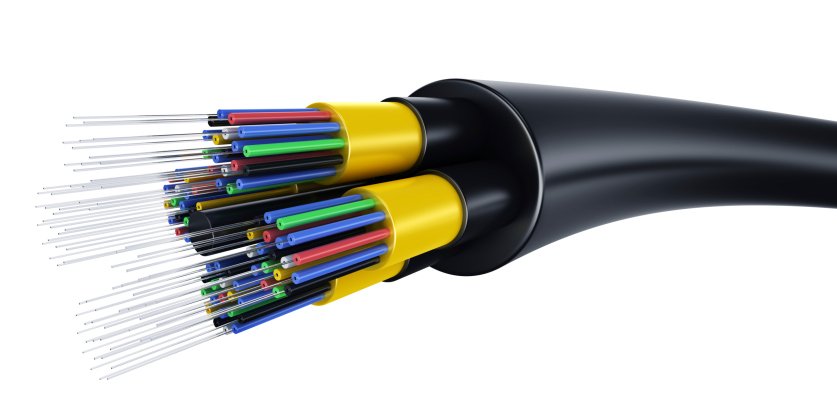Telstra has launched new 100 gigabits per second (100G Wavelength) connectivity across multiple ultra-long haul submarine cable routes in the region and beyond. This means that Telstra now offers up to 100 gigabits per second connectivity across Japan, Hong Kong, Taiwan, Korea, Australia and the United States.
According to the company, the move was made in order to accommodate the growth of cloud-based operators and the increasing number of data centers that are managed by service and content providers. It follows Telstra’s acquisition of Pacnet, announced in December 2014.
“This latest investment means we are well placed to meet the needs of our customers across Asia Pacific and the United States and we’re excited to see them benefit from the increased connectivity,” said Darrin Webb, chief operating officer of Telstra Global Enterprise & Services. “Through this and other investments, our customers can rest assured they have some of the best global telecommunications technology at their fingertips.”
Increased infrastructure
The launch is just one of many projects Telstra is working on to continuingly grow and improve its network infrastructure, according to Webb. Enhanced efficiency aside, he noted that Telstra’s 100G offering can also help customers reduce operational expenditure and simplify network maintenance by consolidating their bandwidth requirements.
In the region, the 100G wavelength service will be delivered via the Reach North Asia Loop (RNAL), Telstra Endeavour, Australia-Japan Capable (AJC) and Unity. RNAL connects Hong Kong, Taiwan, Japan and South Korea, Telstra Endeavour connects Sydney and Hawaii, AJC connects various landing stations in Australia, Guam and Japan, while Unity connects Japan to the United States.
In response to a query from Datacenter Dynamics, the company confirmed that the announcement is not just a new service offering, and that the company has also upgraded its various cable systems to 100G x in the Asia Pacific.s
Telstra recently paid $697 million in a high-profile acquisition of Pacnet, an Asian operator with a 46,000km underseas cable network. As we reported in our feature “Why Telstra is paying $700M for Pacnet”, Pacnet also has access to Unity via two dedicated fiber pairs, though Pacnet calls it “EAC Pacific”.
Subject to the regulatory approval, Telstra’s acquisition of Pacnet is expected to be completed by mid-2015, and will double Telstra’s presence in Asia.

